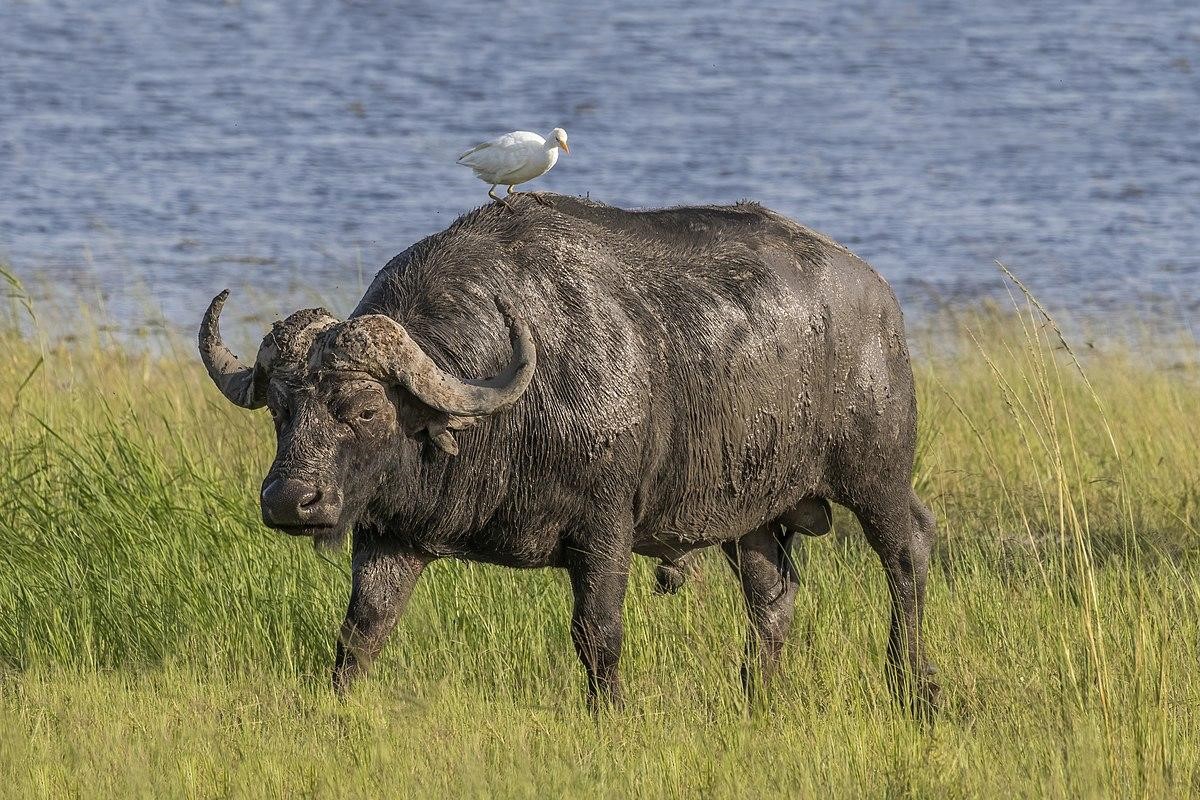




Disclaimer: Copyright infringement not intended.
Context
Details of the findings
They considered two hypotheses as to why this was so:
The Cape Buffalo
|
PRACTICE QUESTION Q. Consider the following statements about “Cape Buffalo”
How many of the above statements is/are correct?
Answer- A |







© 2025 iasgyan. All right reserved